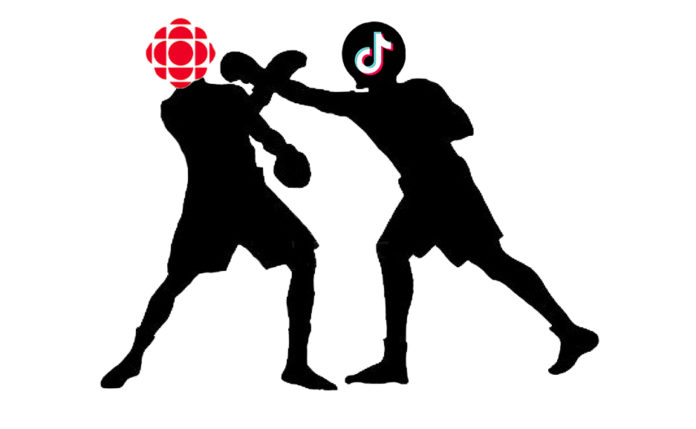Social media has changed the way news travels. Videos of the Black Lives Matter protests flooded TikTok and videos of the fishing protests in Nova Scotia went viral on Facebook, all before mainstream media covered the events.
Heather MacLean, a communications and public policy professor at St. Thomas University, said the ability to spread information through social media led to people posting whatever they wanted.
She said when social media first emerged, it spread knowledge quickly to people that may not have had access to libraries and newspapers, but the anonymity and interconnectivity of the internet grew into a double-edged sword.
“[People assume misinformation is] credible and share it more willingly than they probably should,” she said. “At the same time, there’s still a place for people to share information that may not be covered in mainstream news.”
In a 2020 survey by Statista, 35 per cent of 2000 participants said they get their news from Facebook.
Still, social media can play a positive role in the spread of information. MacLean said it’s not that mainstream media doesn’t want to cover events like the Nova Scotia fishing dispute, but that they’re not aware sometimes or unable to get there.
“They can’t just be everywhere all the time. So again, [social media] gives people power.”
Kiefer Sullivan, a first-year student at the University of New Brunswick Saint John, said biases are inseparable from journalism. He said mainstream media outlets try to be unbiased, but the bias is still there.
“Reporting the facts is a good thing. Misrepresenting them isn’t,” said Sullivan.
He said there’s potential harm that comes with sharing videos and infographics without proper investigation. Infographics become meaningless when they’re not given a source.
Olivia Parker, a communications and public policy professor at STU, said social media has given people the ability to share what’s happening instantly.
“With the Black Lives Matter movement, it had to be reported. Ignoring it would have been detrimental to [the] traditional news media. They would have looked foolish,” said Parker.
She said what people see on social media is based on what the people around them share, which adds a layer of bias or “selective exposure” to the information people see.
“You’ve chosen this bubble because they’re like-minded individuals. They’re your friends, your family, you trust them and therefore you’re also going to savour the information that reinforces your beliefs and values,” she said.
Alex Gagne, a fourth-year political science and Great Books major at STU, said social media tries to cater to people’s interests. He worries about social media and its effects but believes the flow of misinformation will eventually be figured out in the long-term.
Gagne said he doesn’t think social media is inherently all positive or negative, instead, he views the relationship as more complicated, comparing it to the relationship rats have with the ecosystem.
“We know how important rats are to our urban ecosystems and how much more overloaded with disgusting junk our cities would be without rats, as much as we consider them a pest. It’s very much the same way what we’ll see with social media,” he said.
Maclean said she worries about the future of journalism, but not all hope is lost.
“We tend to look for what we agree with as opposed to critical thinking. There’s also the negative side where people really try to manipulate and use social media,” she said.
“But there still is great potential for social media to be good.”

